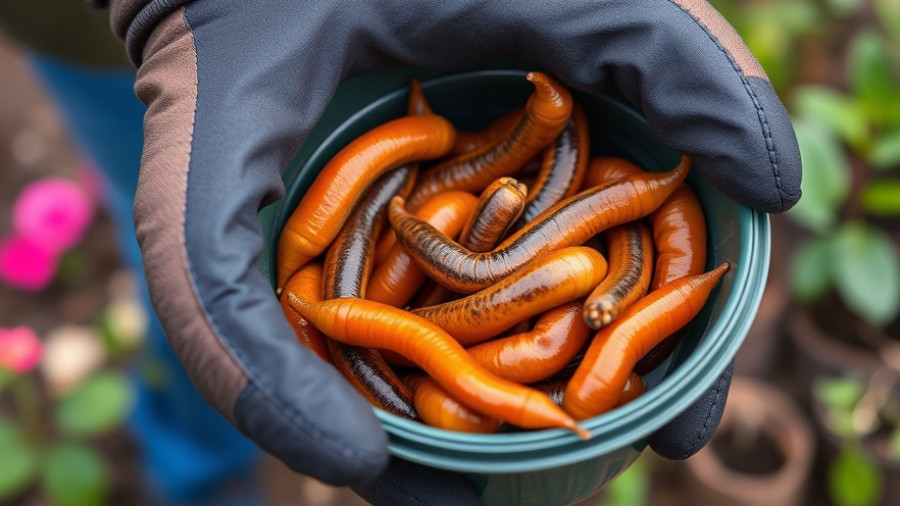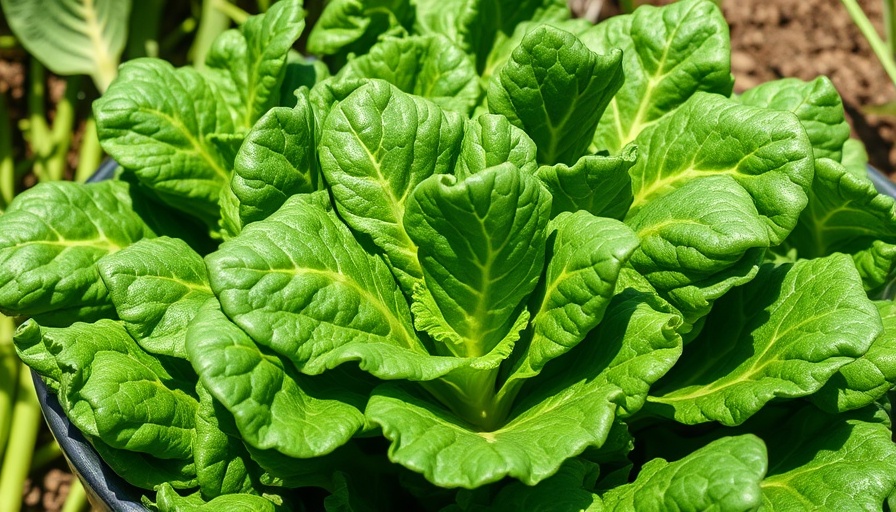
Sweetgum: A Tree of Many Facets
Sweetgum, scientifically known as Liquidambar styraciflua, is not just another tree; it’s a symbol of beauty and utility in the Southeastern United States. Known for its vibrant green leaves shaped like stars and its intriguing spiky fruit, sweetgum has much more to offer than meets the eye. This article delves into the sweetgum's growth conditions, appearance, and the benefits of cultivating this remarkable tree.
The Ideal Habitat for Sweetgum Trees
Flourishing in moderate temperatures, sweetgum thrives across a broad range, from southern Missouri to East Texas, and even finds niche habitats in Central America and South Africa. Its adaptability to diverse soil types makes sweetgum a great candidate for many yards, provided they're planted in conditions free from severe frost and with plenty of sunlight. While these trees are not too picky about soil, their shallow root systems mean they require thoughtful placement—around ten feet away from built structures to avoid potential damage.
Recognizing Sweetgum’s Unique Features
The distinct star-shaped leaves of sweetgum turn a breathtaking array of colors in the autumn, ranging from orange to deep purple. As adults, sweetgum trees can soar up to 80 feet tall, adorned with a broad, conical crown. Their fruit, which appears as spiky green balls and matures into hard brown pods, captivates kids and adults alike. This charming feature—alongside its ability to breathe new life into gardens—makes sweetgum a favorite among gardeners looking to inject some diversity into their landscapes.
The Environmental and Economic Benefits of Sweetgum
Sweetgum trees are an underrated asset in the fight against environmental degradation. They provide shade, enhance air quality, and serve as habitats for various wildlife species. Furthermore, sweetgum’s wood is prized in the timber industry, with its durability making it suitable for furniture, veneers, and even cabinetry. Investing in sweetgum isn't just about beautifying your space—it's a step towards environmental responsibility and sustainability.
Maximizing Your Sweetgum Experience
For those considering adding sweetgum trees to their properties, there are several steps to ensure success. Regular maintenance, including pruning and ensuring proper sunlight, will yield healthier trees. Additionally, engaging with local environmental groups can provide insights into the best practices and benefits of planting native species like sweetgum.
Conclusion: A Call to Cultivate Sweetgum
Whether you are a homeowner, a garden enthusiast, or someone who values environmental sustainability, sweetgum deserves a place in your garden or neighborhood. As you consider your next planting adventure, think about the unique charm of sweetgum, its many benefits, and how its presence can contribute to a greener future. Don’t just think of trees as decoration; see them as vital components of our ecosystem and communities. Start planting today!
 Add Row
Add Row  Add
Add 




Write A Comment